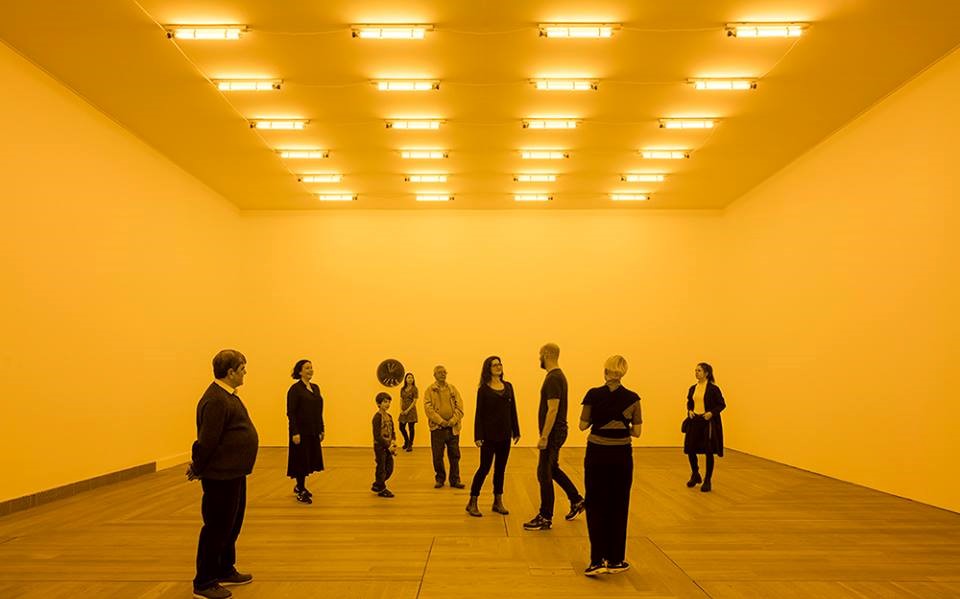Monochrome: Painting in Black and White at the National Gallery

For museum-goers used to signing up for the usual Autumn blockbuster at the National Gallery, an exhibition devoted entirely to monochromatic art will come as something of a surprise. It’s undoubtedly a bold move by the institution. Rather than focusing on a particular household name or artistic relationship, Monochrome: Painting in Black and White makes a courageous attempt to take in the whole sweep of Western art history from a very specific angle.
Starting in the late medieval period and ending in the 1990s, the exhibition explores the uses and meanings of black and white painting through time. But while this might seem like a ridiculously narrow lens, it quickly becomes apparent that monochromatic painting is, in fact, hugely varied in its aims and techniques. This is something of a flaw in the exhibition, which jumps slightly randomly between subjects and eras. The digression into the relationship between print-making and grisaille painting, for example, feels unnecessary and dry.
Then again, in some places it feels like a strength. In one room, a Giacometti is flanked by a Picasso and an Ingres work. All are stunning; all reveal important aspects of each artist’s practice; and all are entirely different. The absence of colour leaves the viewer wondering about its meanings and power, so often taken for granted as an everyday part of our vision.
Elsewhere, a beautiful triptych is shown, unusually, with its doors nearly closed. On the outer panel are two grey saints, painted in a trompe l’oeil effect to resemble sculptures. Encased inside, you can just see a jewel-bright Virgin Mary, like a glimpse into heaven.
In the final section, there is an unexpected selection of modern works that utilise black and white for differing, and sometimes competing, ends. Again, some feel as if they have been chosen at random: there are so many black and white modern works to choose from, how did the curators choose these? In the middle, however, is Malevich’s black square, sitting like the zenith of all things monochrome and almost pulsating in the way it draws the eye.
The dramatic twist comes in the final room, which is not black and white, but orange. Olafur Eliasson’s installation bathes visitors in orange-yellow light, which has the strange effect of making everything it touches appear monochromatic. It’s an absolutely bizarre experience to look down at yourself and not recognise the clothes you’re wearing.
Visitors may find they leave this show wanting more. It’s certainly imperfect, but there are moments of deep and exquisite beauty in it that reveal a forgotten aspect of art history.
Anna Souter
Featured Image: Olafur Eliasson, Room for One Colour, 1997
Photo by Anders Sune Berg
Monochrome: Painting in Black and White is at the National Gallery from 30th October 2017 until 18th February 2018. For further information visit here.


























Facebook
Twitter
Instagram
YouTube
RSS